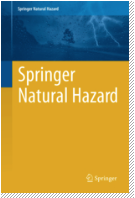Satellite images taken from an instrument called the Synthetic Aperture Radar (SAR) that can see things on the earth’s surface that are about 100 m (300 ft) across are used study the wind in tropical cyclones. The SAR can see small swirls (called vortices) near the eye of the hurricane, small long, thin lines of high wind speed (called streaks), large areas of heavy rain, and lines of low-level clouds. These small features at the surface can cause great damage in a hurricane that reaches land, and understanding how these features form and change can improve forecasts. This study shows examples of these features.

Important Conclusions:
- SAR images can be used to study small vortices near the eye of the hurricane, wind streaks, large areas of heavy rain, and lines of low-level clouds.
- SAR images agree with observations from Hurricane Hunter aircraft.

